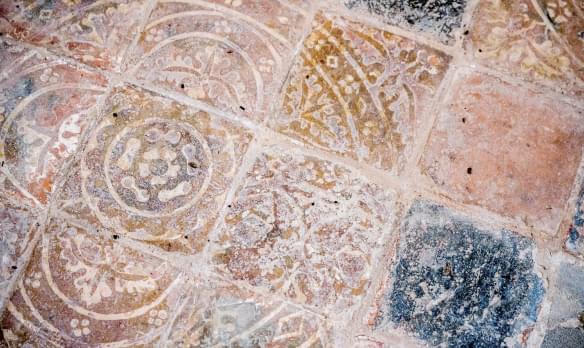
St Anne
Chasetown, Staffordshire | WS7 3QL
We have supported this church
Search for a fascinating place to visit, or see the variety of churches, chapels and meeting houses we have supported.

Chasetown, Staffordshire | WS7 3QL
We have supported this church

Gillingham, Dorset | SP8 4NJ
We have supported this church

Tiffield , Northamptonshire | NN12 8AB
Delightful limestone church dating from the 13th century and quite possibly replacing a wooden Saxon church which existed on the site when the Domesday Book was written in 1086.
We have supported this church

Wall, Staffordshire | WS14 0AS
The church overlooks the churchyard with a spectacular view of the Roman site of Letocetum which had grown around the Roman fort at the junction of Watling Street and Ryknild Street.
We have supported this church

Bemerton, Wiltshire | SP2 9NR
A small 13th century church.

Weston-under-Lizard, Staffordshire | TF11 8LD
We have supported this church

Paulerspury, Northamptonshire | NN12 7NA
There are two distinct reasons for coming here. The rare medieval wooden effigies and the association with the great nonconformist missionary William Carey (1761–1834).
We have supported this church

Bugbrooke, Northamptonshire | NN7 3PB
The first documentary evidence for the existence of Bugbrooke is the Domesday Book of 1086, although there is no reference to there being a church then.
We have supported this church

Reading, Berkshire | RG1 7NQ
The church has a famous Pugin rood screen and set in front of it a marble nave altar and a Queen Anne pulpit from which the Wesley brothers have preached.

Crick, Northamptonshire | NN6 7TP
Crick is a village with the quality of an 18th century town, with a very pleasant variety of buildings, at one end stands the majestic church.

Ansty, Wiltshire | SP3 5QD
The church was built c1230 by the Knights Hospitallers of St John of Jerusalem.

Witherley, Leicestershire | CV9 3NA
We have supported this church